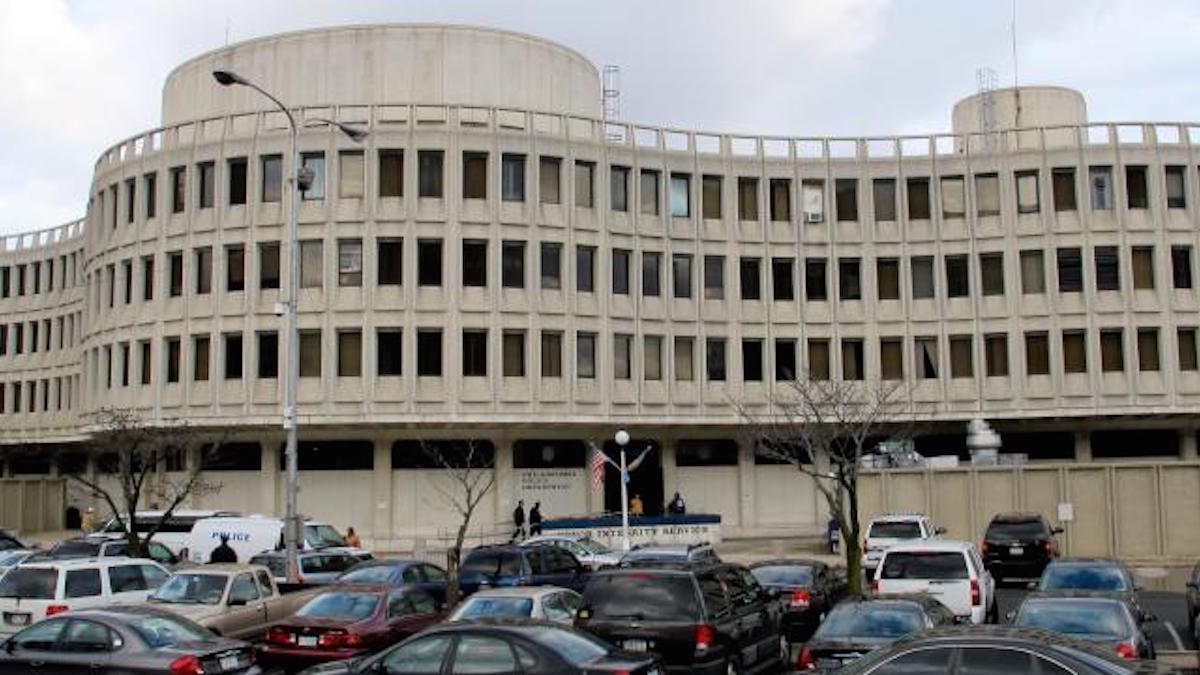Outside investigation needed in police-involved shootings, state prosecutors say

(NewsWorks file photo)
Police in America shot nearly 1,900 people to death last year and so far this year. That averages out to more than two a day – and doesn’t include citizens hurt but not killed by police gunfire, or those who cops shoot at and miss.
Police in America shot nearly 1,900 people to death last year and so far this year. That averages out to more than two a day – and doesn’t include citizens hurt but not killed by police gunfire, or those who cops shoot at and miss.
Yet most police departments investigate shootings by their own officers, creating real and perceived conflicts of interest that undermine the public’s trust in police.
Pennsylvania prosecutors think they have an answer to that problem. In recommendations released today, the Pennsylvania District Attorneys Association urges the state’s 67 counties to adopt their “best practices” policy that calls for an independent agency – such as county detectives, the Pennsylvania State Police or another municipal police force – to investigate officer-involved shootings.
The group also staked a claim to such cases, saying a county’s district attorney should direct the investigation, ultimately judge whether a shooting was justified and release a written report to the public when the investigation ends.
The recommendations are believed to be the first statewide guidelines for prosecutors in the country, the group said, although their main premise – the need for independent, outside investigations – is not new. Agencies from the federal Department of Justice to the Stanford Criminal Justice Center have urged outside oversight of investigations into police-involved shootings.
“Officer-involved shootings are traumatic, complex, and highly publicized events,” said Lebanon County District Attorney David Arnold, the association’s president. “As prosecutors, it is our duty to ensure than any police-related shooting is thoroughly reviewed in a manner that is objective and fair for everyone involved. In making these recommendations, our goals are to help law enforcement use best practices to make good decisions, even under incredibly difficult circumstances, and help the public better understand and have greater confidence in the process.”
Chester County District Attorney Tom Hogan, who chaired the best practices committee that wrote the recommendations, agreed: “As we reviewed the responses to officer-involved shootings across the United States, we saw wide disparities in responses by prosecutors. Pennsylvania’s law enforcement agencies have the skills and ethics to do these investigations, but engaging an independent agency in the investigation removes any questions or negative perceptions that may come from the community. Having clear procedures based on best practices will not only improve investigations, but enhance community relationships.”
Some of the recommendations will not make reformers happy.
Specifically, the group urges police departments to keep the names of officers involved in shootings secret, unless and until they are criminally charged in the shooting. Yet officers rarely get charged when they shoot people. And such confidentiality flies against a policy former Philadelphia Police Commissioner Charles Ramsey created, in which the names of officers who shoot people are publicly released within three days, so long as no threats have been made against the officer.
“Police officers are public servants who have the power to take someone’s life or injure them seriously. They should not enjoy blanket anonymity. That’s unacceptable,” said Kelvyn Anderson, who heads the Police Advisory Commission, a civilian police watchdog.
Another recommendation that may irk transparency champions: Video of shootings, if available, should only be released to the public in shootings deemed justifiable, and only after the investigation ends.
Other recommendations seem like common sense: Securing scenes with crime tape and personnel, not moving or altering evidence at scenes, and shielding the body from public view when the shooting is fatal.
In Philadelphia, police have shot at 81 people, seven fatally, in the past two years, according to department data. (Such incidents can injure and kill officers too: Officer Robert Wilson lost his life in a March 2015 gun battle with two armed robbers.) A Philadelphia police spokesman didn’t immediately return a request for comment about the prosecutors’ recommendations.
But Cameron Kline, a spokesman for Philadelphia District Attorney Seth Williams, said Williams welcomes such reforms. Williams released his own protocol for police-involved shootings three weeks ago, pledging to make investigations more transparent by releasing “the complete investigatory file” to the victim’s family, the public and the press within 60 days after the investigation ends. Williams’ office will begin investigating police-involved shootings “independently and in parallel with the Philadelphia Police Department,” Kline said.
Anderson applauded the call for outside investigation into police-involved shootings, as well as the reform-minded spirit of the prosecutors.
“I might not like what they come up with, but it’s certainly good to see them engaging on these issues,” Anderson said.
The PDAA’s best practices committee, created in 2014, released guidelines last spring to regarding eyewitness identification. The committee also is studying best practices relating to body-worn cameras and recorded interviews.
WHYY is your source for fact-based, in-depth journalism and information. As a nonprofit organization, we rely on financial support from readers like you. Please give today.

